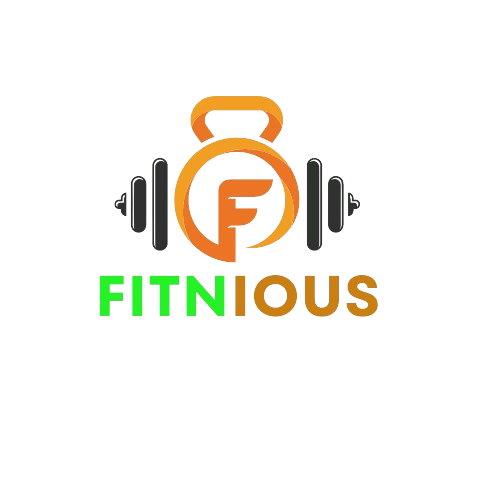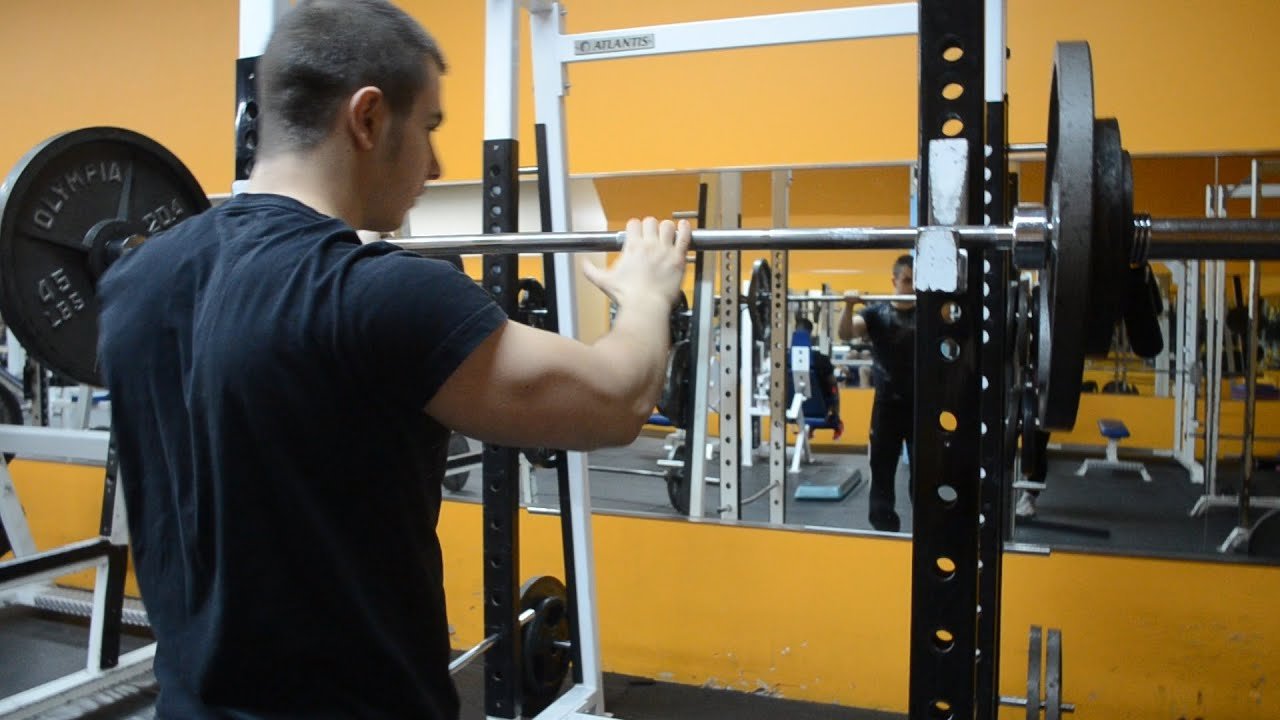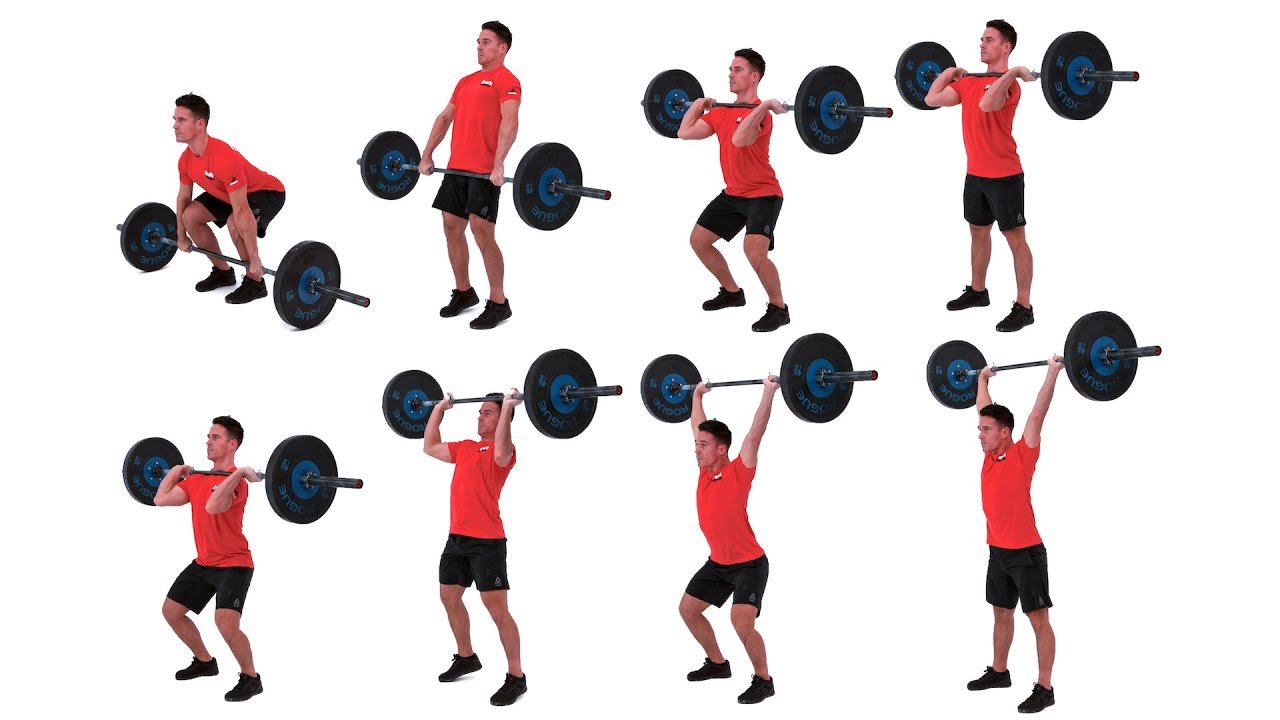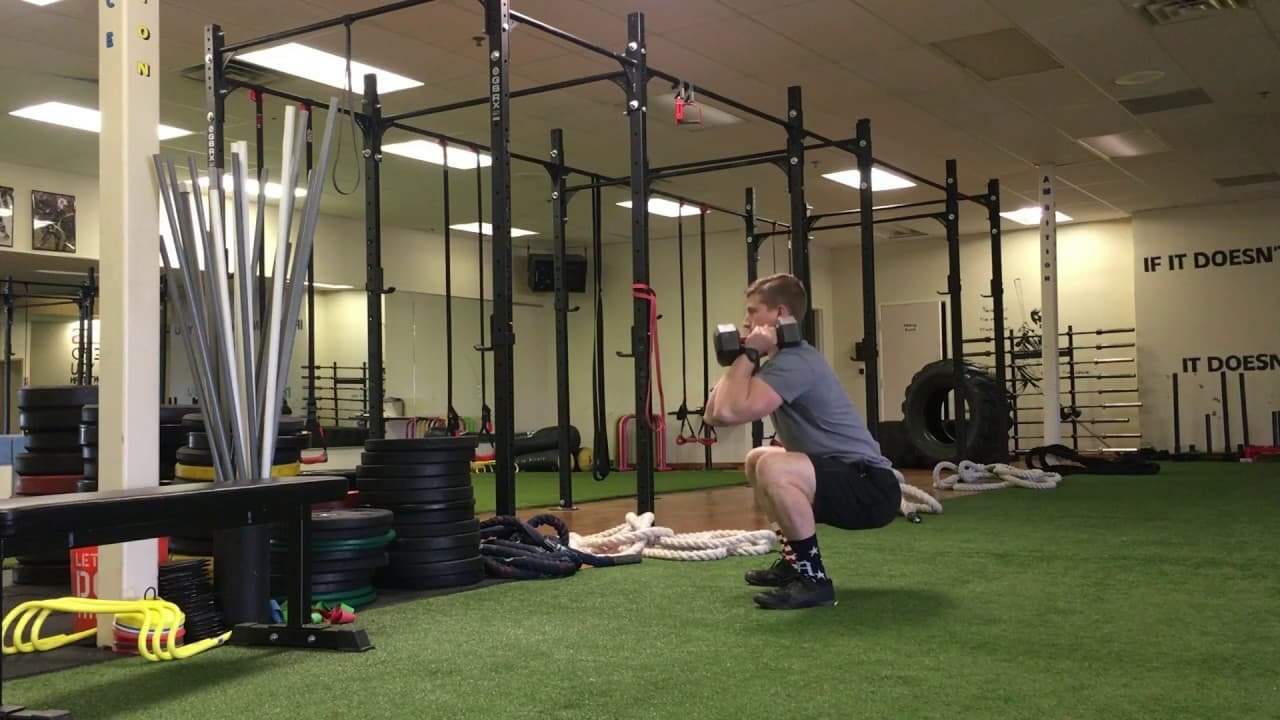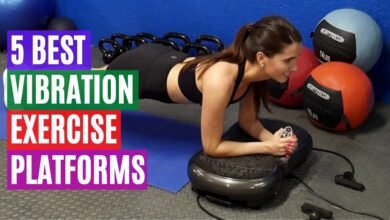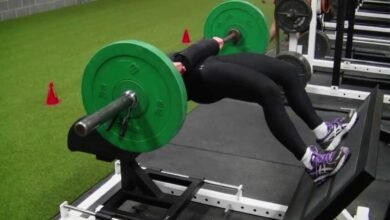Building complete-frame energy is critical for general fitness, athletic overall performance, and daily practical actions. One of the handiest exercises for accomplishing that is the squat to overhead press. This compound workout targets several muscle groups, enhancing strength, energy, and coordination.
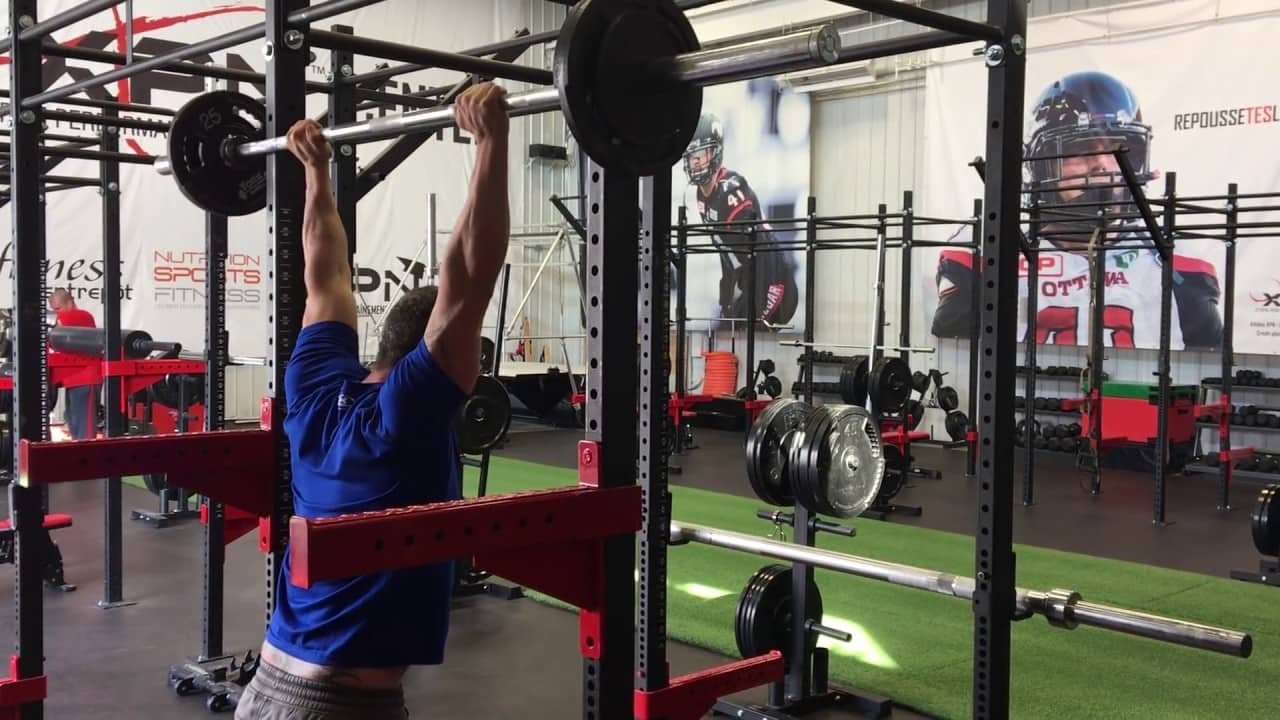
What is a Squat to Overhead Press?
The squat-to-overhead press is a vibrant pastime that mixes foundational sporting events: the squat and the overhead press. The squat engages your lower frame muscle agencies, while the overhead press goals your top frame. By integrating the ones actions, you can flow your entire frame in a unmarried, fluid motion.
Importance of Full-Body Strength
Full-frame energy isn’t always just for athletes or bodybuilders; it’s vital for anybody. It improves your capacity to perform everyday responsibilities, complements athletic performance, and reduces the risk of damage. A strong, properly-balanced frame additionally helps better posture and common health.
Benefits of Squat to Overhead Press
Incorporating the squat to overhead press into your training gives several benefits:
- Comprehensive Workout: This exercise targets multiple muscle groups simultaneously, providing an entire exercise in less time.
- Enhances Functional Fitness: It mimics actual-life actions, improving your ability to perform each day’s sports more efficaciously.
- Improves Core Strength: Your core muscle tissues are heavily engaged to stabilize your body throughout the motion.
- Increases Metabolic Rate: Hiring big muscle interactions increases your metabolism, assisting in weight reduction and fat burning.
- Improves Coordination and Balance: The complex signal sample completes neuromuscular coordination and balance.
- Promotes Bone Density and Joint Stability: Weight-running jokes like this one red heart up bones and stabilize joints, reducing the threat of osteoporosis and harm.
Muscles Worked
The squat to overhead press is a full-body exercise that goals for several essential muscle groups:
- Lower Body: Quadriceps, Hamstrings, Glutes
- Upper Body: Shoulders (Deltoids and Trapezius), Triceps, Back (Latissimus Dorsi and Rhomboids)
- Core: Abdominals, Obliques
Proper Form and Technique
Performing the squat to overhead press with proper form is crucial to maximize advantages and save you from accidents. Follow the steps:
- Starting Position: Stand with your feet shoulder-width apart, feet slightly pointed outward. Hold a weight or barbell with your palms shoulder-width aside, fingers facing ahead.
- The Squat: Engage your middle, push your hips lower back, and lower your frame right into a squat. Keep your foot up instantly and ensure your knees don’t extend past your feet.
- Transition to Press: As you reach the bottom of the squat, pause briefly. Drive-thru your heels to go back to standing whilst concurrently beginning to press the burden overhead.
- The Overhead Press: Fully extend your palms as you press the burden overhead, ensuring your return remains neutral and now not overly arched.
- Returning to Start: Lower the weight back to shoulder stage as you begin your subsequent squat, seamlessly transitioning between the two movements.
Common Mistakes to Avoid
To make certain you’re appearing the squat to overhead press efficiently, consider these commonplace errors:
- Incorrect Squat Depth: Failing to squat deep enough reduces the exercise’s effectiveness. Aim for thighs parallel to the floor.
- Poor Transition: Rushing the transition can lead to loss of stability and incorrect form. Move smoothly and intentionally.
- Misalignment During Press: Ensure your hands are completely prolonged and aligned together with your ears to avoid straining your shoulders.
- Overarching the Back: Maintain a neutral backbone in the course of the motion to defend your lower back from damage.
- Using Excessive Weight: Start with a plausible weight to perfect your shape earlier than growing the weight.
Equipment Needed
The squat-to-overhead press can be performed using various types of equipment:
- Dumbbells: Allow for a greater range of motion and can be used individually in each hand.
- Barbells: Enable lifting heavier weights, ideal for building maximum strength.
- Kettlebells: Add an element of instability, enticing extra stabilizer muscle mass.
- Resistance Bands: Provide regular tension in the course of the movement, remarkable for constructing muscle endurance.
Variations of Squat to Overhead Press
To hold your workout routines thrilling and task your muscle mass in another way, attempt those versions:
- Dumbbell Squat to Press: Hold a dumbbell in every hand at shoulder height and perform the squat and press moves.
- Barbell Squat to Press: Use a barbell for introduced resistance, held at the shoulder top with both fingers.
- Kettlebell Squat to Press: Use one or two kettlebells for a better active motion.
- Resistance Band Squat to Press: Stand on the opposition crew, saving the holds at shoulder shelter, and complete the motion.
Incorporating into Your Workout Routine
Depending on your health stage, you can incorporate the squat to overhead press into your recurring as follows:
- Beginner Routine: Start with mild weights, performing three units of 8-10 reps.
- Intermediate Routine: Increase the burden and purpose for four sets of 10-12 reps.
- Advanced Routine: Use heavier weights or upload more challenging variations, performing four to five sets of 12-15 reps.
Safety Tips
To save you injuries and make sure you get the most out of the squat to overhead press, keep these safety guidelines in mind:
- Warm-Up and Stretching: Always heat up with light cardio and dynamic stretches earlier than lifting.
- Controlled Movements: Avoid jerky or rushed motions; cognizance of clean, managed actions.
- Proper Breathing Technique: Inhale throughout the squat and exhale throughout the press to maintain balance and energy.
- Listen to Your Body: Stop in case you feel any pain and consult a fitness professional if wanted.
Progression and Increasing Difficulty
As you construct energy, step by step, increase the issue of the squat to overhead press:
- Adding Weight: Gradually boost the burden to undertaking your muscle groups.
- Increasing Reps and Sets: Add more repetitions and units to your habitual.
- Incorporating Tempo Changes: Slow down the eccentric (decreasing) segment to growth time underneath tension.
Nutrition for Strength Training
Proper nutrients are critical for electricity training and recovery:
- Pre-Workout Nutrition: Consume a balanced meal with protein and complex carbohydrates 2-three hours in advance than your exercising.
- Post-Workout Nutrition: Replenish with protein and fast-digesting carbs inside 1/2-hour put up-exercising to resource muscle recovery.
- Hydration Tips: Stay hydrated before, at some point of, and after your workout to keep general performance and recovery.
Tracking Your Progress
Monitoring your development enables you to be prompted and head in the right direction:
- Using a Workout Journal: Record your workouts, including weights, reps, and units.
- Tracking Metrics: Measure energy gains, consisting of increased weights or improved shape.
- Setting Achievable Goals: Establish brief-term and long-term goals to maintain focus and force.
Combining with Other Exercises
The squat-to-overhead press pairs nicely with different physical games to create a nicely rounded recurring:
- Complementary Strength Exercises: Include deadlifts, bench presses, and rows to goal extraordinary muscle groups.
- Cardiovascular Workouts: Add cardio classes like walking or cycling to decorate persistence and fat loss.
- Flexibility and Mobility Routines: Include extension and yoga to improve flexibility and save you from injuries.
Real-Life Applications
The advantages of the squat to overhead press enlarge past the gymnasium:
- Everyday Functional Movements: Strengthens muscles utilized in everyday sports, like lifting objects and mountaineering stairs.
- Athletic Performance: Enhances energy and staying power for sports and bodily sports.
- Injury Prevention: Builds joint stability and muscle balance, lowering the risk of accidents in everyday life and sports activities.
Conclusion
The squat to overhead press is a useful, full-body workout that could rework your fitness recurring. By incorporating this compound motion, you’ll broaden energy, power, and coordination, leading to a strong, athletic physique. Focus on the right shape, sluggish progression, and consistent practice to attain the most benefits. Embrace this exercise, and you will discover your self-shifting with greater confidence and capability in each component of your lifestyle.
FAQs about Squat to Overhead Press
Can beginners perform the squat to overhead press?
Yes, beginners can start with light weights and focus on perfecting their form.
What equipment is best for the squat to overhead press?
Dumbbells, barbells, kettlebells, and resistance bands can all be used effectively.
How can I avoid common mistakes in the squat to overhead press?
Focus on proper form, avoid excessive weights, and move in a controlled manner.
What are the key benefits of the squat-to-overhead press?
Full-body power, stepped-forward coordination, superior athletic overall performance, increased metabolism, and higher universal fitness.
